Enseña a tu hijo a enfrentar el Bullying –4 estrategias– (ES/EN)
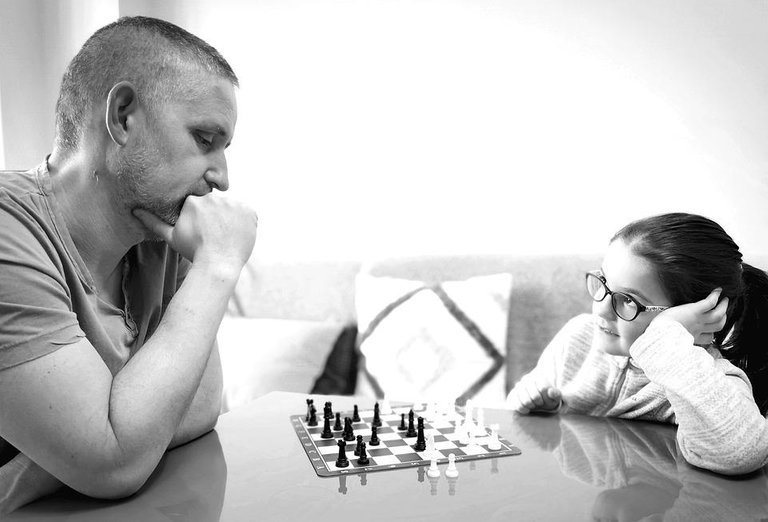
Es justo y lógico, que no podamos enseñarles a nuestros hijos que se defiendan de agresiones, a que respondan con violencia ante la violencia cuando son víctimas del bullying. Y es que existen otras estrategias que aplicar frente a esta problemática que son mucho más sanas y beneficiosas; lo que siempre redunda en el bienestar de la sociedad en general, en la dimensión social del bienestar del ser humano, por lo que tanto abogamos en C/Holos&Lotus.
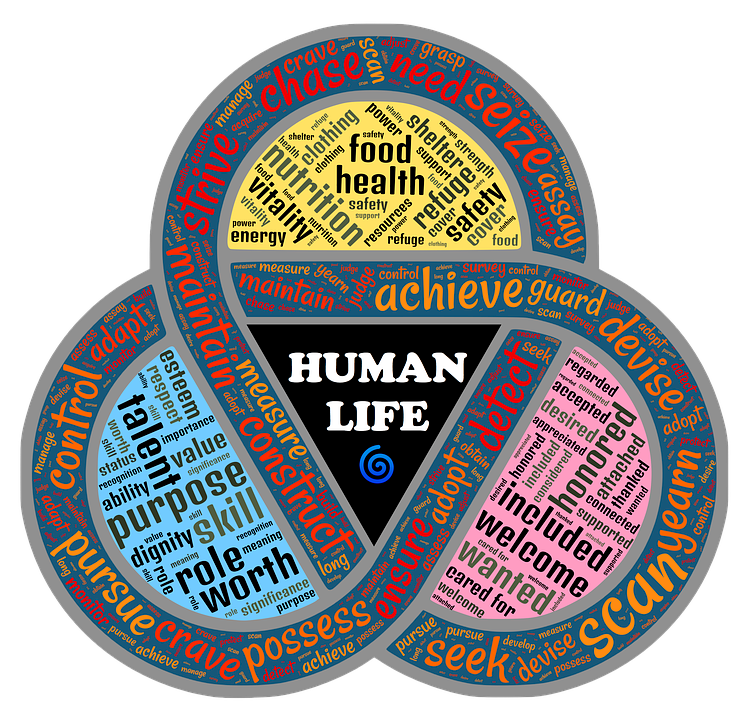
Una preocupación muy actual
Es muy preocupante cuando muchos padres de familia le dicen a sus hijos: “Si te dan, da tú también.” O “Si te golpean, golpea”.
Porque estamos fomentando la capacidad del individuo de generar violencia o continuar una cadena de violencia.
Es por esta razón que es importante darles estrategias a los niños para manejar los conflictos que pueden conllevar al bullying.
Por eso, es sumamente necesario enseñarles lecciones básicas para que podamos poner freno a esta situación.
Pero la respuesta está en el hogar
Cualquier estrategia que podamos enseñar significa, a mi manera de verlo, un fracaso para nosotros como comunidad organizada, porque tener que solucionar un problema de violencia implica que tenemos un problema de violencia.
Lo lógico es erradicar la violencia, no tener que enfrentar sus problemáticas o consecuencias.
Más, ante esto, solo existe una herramienta con la que contamos los seres humanos para evitar los problemas de violencia, agresión o bullying que se están dando en estos momentos a nivel mundial.
Y es la de generar en el hogar, consejos y valores a nuestros hijos que los lleven a entender que, todos somos iguales a pesar de que existan diferencias biológicas, que por supuesto existen.
Diferencias biológicas que nos hacen en apariencia diferentes, que nos dan la individualidad del ser, pero que, no niegan por nuestra idiosincrasia humana, que poseemos todos los mismos derechos.
Si acostumbramos a los niños a ver las diferencias de una manera normal, nada le va a parecer extraño y por lo tanto, nunca van a señalar a nadie.
Si además de eso le mostramos los mejores valores humanos respecto a lo que es solidaridad, empatía, justicia y equilibrio, el niño jamás va a llegar a esto del acoso o del bullying.
Pero en estos momentos de problemática activa es bueno comenzar con estas cuatro sugerencias que podemos poner en práctica para que aprendan a manejar este problema.
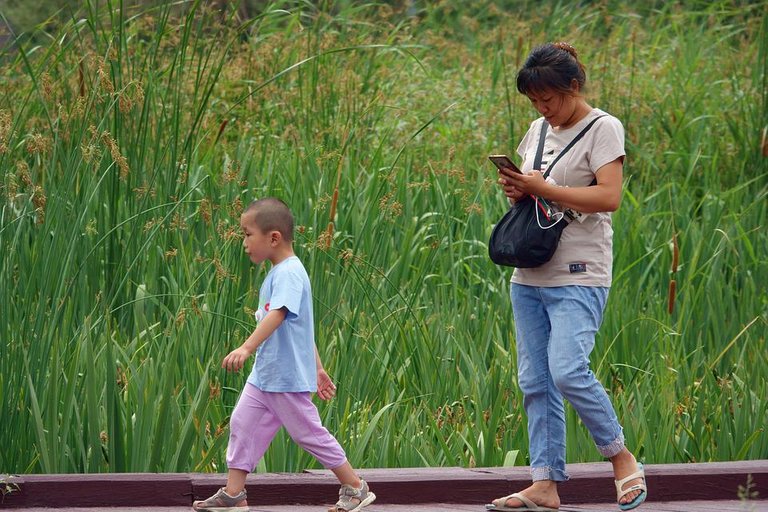
1.- Seguridad ante los otros
Si el niño entiende que está en un lugar donde estudia y que todos están haciendo lo mismo, no tiene porqué sentirse menor o diferente.
Siempre hazle ver que todos los que están en una escuela a la que asiste es porque están estudiando y están haciendo lo mismo.
Trata de que tu hijo no se sienta menor bajo ninguna circunstancia.
Y tú, como padre, trata de investigar si existe algún déficit en su autoestima; por ejemplo, fíjate en su lenguaje corporal, que es importante, porque ante el acosador es vital tener una actitud de seguridad y de firmeza.
Si el niño se siente seguro y confiado, su actitud nunca será la de ocultarse.
2.- El autocontrol
Hay que enseñarles a nuestros hijos desde pequeños a manejar el control.
Muchas veces el niño muestra poca capacidad de controlar las emociones, como por ejemplo, ante un grito se asusta o ante un regaño típico del maestro o del educador tiende a llorar.
El poco control emocional puede dar lugar a la consideración de los demás de qué es débil y lo pone en blanco de ataques.
Sí el niño aprende que hay que respirar y da un paso atrás ante las provocaciones; y no responde con niveles emocionales que lo muestren como débil, es muy probable que pueda ganar un tiempo para huir y acudir a quienes pueden ayudar a calmar la situación.
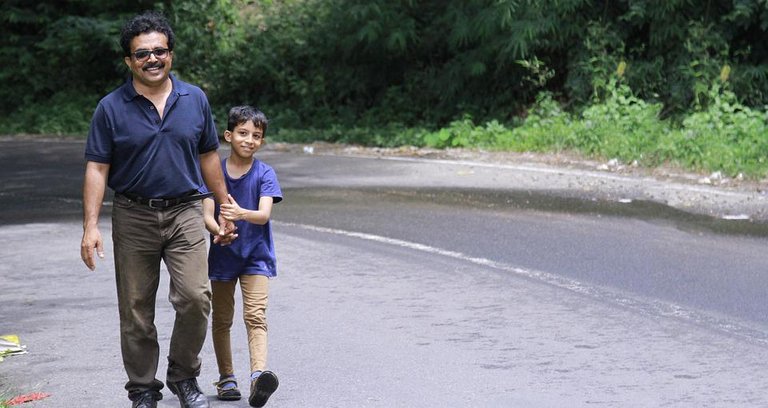
3.- Dale consejos prácticos
Ante cualquier circunstancia provocadora, es muy importante que el niño aprenda a evitar.
La formación pacifista de un ser humano en el hogar es sumamente importante, porque no es una actitud pasiva, es una actitud de evitación y por ende, de corte de ciclos de violencia.
Esto ocurre en los momentos en que situaciones provocativas incitan a uno al enfrentamiento.
Los niños deben aprender a evitar esto, el enfrentamiento, la complicación violenta, el alimentar más la situación negativa; y aprender estrategias para solucionar la problemática, como por ejemplo, aprender a acudir al representante del instituto educativo que se encarga de solucionar los conflictos.
Esa sería la respuesta, no es enfrentar violencia con violencia.
4.- Pedir ayuda
Nosotros tenemos la costumbre de enseñarle a los hijos a que no interrumpan a los mayores, que no acudan a ellos; hasta tal vez, inculcamos inconscientemente una especie de situación de miedo en cuanto a acudir a los adultos competentes en la escuela, tales como orientadores, directores, subdirectores, personal administrativo, orientadores del área de la conducta.
Es importante que el niño entienda que debe pedir ayuda.
Que cualquier situación de violencia, dado lo peligroso que esto puede implicar, pues se dan casos de agresiones físicas importantes; debe acudir a los encargados de la institución para poner la denuncia.
Pedir ayuda cómo lección, puede ayudar a que tu hijo entienda que no debe tener miedo para denunciar situaciones como estas, y que es el deber ser.
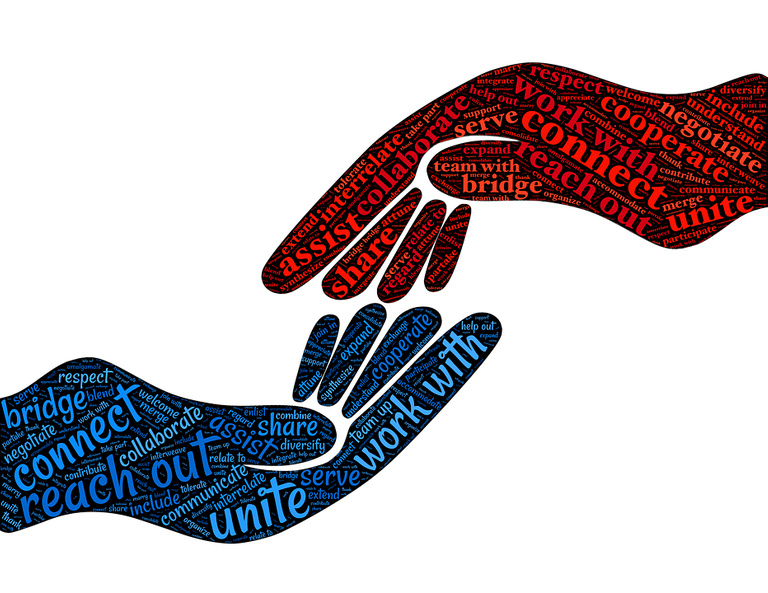
La respuesta no está en la violencia
Cómo vemos, la respuesta no está en la violencia.
Enseñarles a nuestros hijos a que respondan defendiéndose y contra atacando, no va a hacer, sino que el problema se mantenga vigente en nuestra sociedad.
Si bien es cierto que queremos eliminarlo de raíz a través de la educación integral en el hogar, también, mientras tanto, debemos enseñarle al niño a cortar el ciclo de violencia, a dejar en manos de los adultos la responsabilidad de arreglar la situación, de corregir el conflicto.
Vamos comenzando; pero lo más importante es que el mundo se está dando cuenta de lo difícil de este fenómeno; y que como sociedad, debemos comenzar a hacer algo en forma inmediata.
El área social o la dimensión social del bienestar humano, que es simplemente la salud; amerita de acciones más estudiadas y de que tratemos sin demora estos problemas actuales.
Emilio Ríos – Venezuela
@emiliorios

Para mayor información sobre las Dimensiones Globales del Bienestar, que es una temática lanzada a propósito del #Aniversario de la comunidad C/Holos&Lotus; puedes documentarte en el artículo de @damarysvibra:

English Version:
Teach your child to deal with bullying - 4 strategies-

It is fair and logical that we cannot teach our children to defend themselves from aggression, to respond with violence when they are victims of bullying. And there are other strategies to apply against this problem that are much healthier and beneficial; which always results in the welfare of society in general, in the social dimension of human welfare, for which we advocate so much in C/Holos&Lotus.

A very topical concern
It is of great concern when many parents tell their children, "If you get hit, you hit back." Or "If you get hit, hit back."
Because we are fostering the individual's capacity to generate violence or continue a chain of violence.
It is for this reason that it is important to give children strategies to manage conflicts that can lead to bullying.
For this reason, it is extremely necessary to teach them basic lessons so that we can put a stop to this situation.
But the answer lies at home
Any strategy that we can teach means, to my way of seeing it, a failure for us as an organized community, because having to solve a problem of violence implies that we have a problem of violence.
The logical thing is to eradicate violence, not to have to face its problems or consequences.
However, there is only one tool that we human beings have to avoid the problems of violence, aggression or bullying that are occurring at this time worldwide.
And it is to generate at home, advice and values to our children that lead them to understand that we are all equal despite the existence of biological differences, which of course exist.
Biological differences that make us apparently different, that give us the individuality of being, but that do not deny, because of our human idiosyncrasy, that we all have the same rights.
If we accustom children to see differences in a normal way, nothing will seem strange to them and therefore, they will never point fingers at anyone.
If we also show them the best human values regarding solidarity, empathy, justice and balance, the child will never get to the point of harassment or bullying.
But in these moments of active problems it is good to start with these four suggestions that we can put into practice so that they learn to handle this problem.

1.- Confidence in front of others
If the child understands that he is in a place where he is studying and that everyone is doing the same thing, he does not have to feel lesser or different.
Always make him/her see that everyone in the school he/she attends is studying and doing the same thing.
Try not to make your child feel lesser under any circumstances.
And you, as a parent, try to investigate if there is any deficit in their self-esteem; for example, look at their body language, which is important, because in front of the bully it is vital to have an attitude of security and firmness.
If the child feels secure and confident, his attitude will never be one of hiding.
2.- Self-control
We must teach our children from an early age to manage control.
Many times children show little capacity to control their emotions, for example, when they are frightened by a shout or when they are scolded by a teacher or educator, they tend to cry.
The poor emotional control can lead to the consideration of others that he/she is weak and makes him/her a target for attacks.
If the child learns to breathe and step back from provocations, and does not respond with emotional levels that show him/her as weak, it is very likely that he/she can gain time to run away and go to those who can help calm the situation.

3.- Give practical advice
In the face of any provocative circumstance, it is very important that the child learns to avoid.
The pacifist formation of a human being at home is extremely important, because it is not a passive attitude, it is an attitude of avoidance and therefore, of cutting cycles of violence.
This occurs at times when provocative situations incite one to confrontation.
Children should learn to avoid this, the confrontation, the violent complication, the further fueling of the negative situation; and learn strategies to solve the problem, such as learning to go to the representative of the educational institute that is in charge of solving conflicts.
That would be the answer, not meeting violence with violence.
4.- Ask for help
We have the habit of teaching our children not to interrupt their elders, not to go to them; perhaps we even unconsciously instill a kind of fear of going to the competent adults in the school, such as counselors, principals, vice principals, administrative personnel, behavioral counselors.
It is important that the child understands that he/she must ask for help.
That any situation of violence, given the danger that this may involve, as there are cases of significant physical aggression, should go to those in charge of the institution to file a complaint.
Asking for help as a lesson can help your child understand that he/she should not be afraid to report situations like these, and that it is the right thing to do.

Violence is not the answer
As we can see, violence is not the answer.
Teaching our children to respond by defending themselves and counterattacking will only keep the problem alive in our society.
While it is true that we want to eliminate it at its root through comprehensive education in the home, we must also, in the meantime, teach the child to cut the cycle of violence, to leave the responsibility of fixing the situation, of correcting the conflict, in the hands of adults.
We are starting; but the most important thing is that the world is realizing how difficult this phenomenon is; and that as a society, we must begin to do something immediately.
The social area or the social dimension of human welfare, which is simply health, deserves more studied actions and that we deal with these current problems without delay.
Emilio Ríos – Venezuela
@emiliorios

For more information on the Global Dimensions of Wellbeing, which is a theme launched on the occasion of the #Anniversary of the C/Holos&Lotus community; you can document yourself in @damarysvibra's article:

100% contenido original / 100% #original-content
Traducción realizada con DeepL / Translation made with DeepL
Las barras separadoras están en: / The separator bars are at:


Congratulations @emiliorios! You have completed the following achievement on the Hive blockchain and have been rewarded with new badge(s):
Your next target is to reach 400 comments.
You can view your badges on your board and compare yourself to others in the Ranking
If you no longer want to receive notifications, reply to this comment with the word
STOPTo support your work, I also upvoted your post!
Support the HiveBuzz project. Vote for our proposal!
Thanks a lot!
https://twitter.com/ER5801/status/1537200206516715520
The rewards earned on this comment will go directly to the people sharing the post on Twitter as long as they are registered with @poshtoken. Sign up at https://hiveposh.com.
Thanks for this.
Que tema tan interesante e importante para tratar, sobre todo en estos tiempos que se han visto muchos casos relevantes. En muy importante lo de la educación en casa.
Espero que ayudemos a difundir.
Muy interesante, todos deben leer este post, el bullying es algo que se trabaja pero si en casa son abusadores, el niño crece siendo abusador. Así que todos deben ser empaticos con este tema.
Importantes sugerencias para poner en práctica, tradicionalmente se les ha enseñado a los niños a enfrentar las agresiones con peleas porque si no lo hace luego lo castigan en el hogar, algo que siempre me pareció contraproducente.
Fomentar el buen trato en las escuelas es necesario y quitar el estigma de que quien no pelea es un cobarde, desde el mismo hogar hará que tengamos espacios con interacción sana.
Saludos cordiales
Yo pienso que por alguna parte tenemos que comenzar para transformar la educación en el hogar de nuestros hijos hacia la paz, hacia la negociación, no al enfrentamiento.
Hacia permitirles que conozcan las distintas diferencias que existen en el mundo y que eso se respeta.
Tenemos únicamente como herramienta para crear paz en el mundo, a la educación de nuestros hijos en el hogar.
Un niño criado con buenos valores éticos y morales es un niño que siempre va a estar alejado de las disputas y eligiendo las negociaciones; y además de eso, alejado completamente de situaciones como la corrupción y el ventajismo.
Ya es hora de poner en práctica muchos conceptos de sanidad, pero desde el hogar.
Muchas gracias por leerme y pasar a comentar.